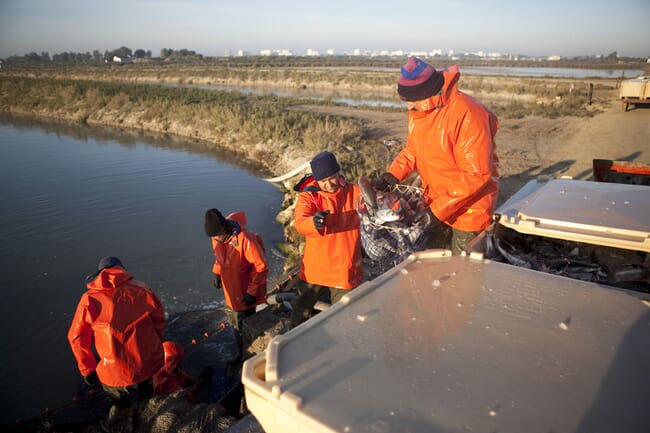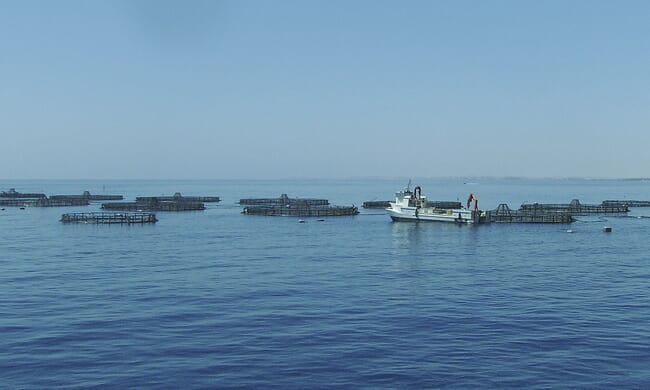The members of the MIMECCA project, which aims reduce the aquaculture sector’s impact on the environment and improve its social acceptability, presented their results in Madrid today.

“To know the carrying capacity of an aquaculture facility, namely, the optimal amount of fish, molluscs or crustaceans which may be grown in a pond or offshore floating cages helps the sector to develop a sustainable activity, provides economic stability, favours investment (since a better forecast accuracy is possible) and sets the ground to achieve steady and sustainable production levels," says Maria del Mar Agraso, technical director at the Andalusian Aquaculture Technology Centre (CTAQUA).
Members of the project, including CTAQUA, the University of Cadiz and the University of Alicante, gathered at the School of Forestry Engineering in Madrid to establish the new models.
For aquaculture in floating cages, the model suggested a minimum production of 50 tonnes/ha. It took into account three technical and production-related factors - space, food conversion and distance between farms; three environmental factors - distance to habitats, depth, and current; one social factor - acceptance; and an economic factor - investment in R&D.

For inland semi-intensive aquaculture, the model suggested a minimum production level of 14 tonnes/ha. This was based on food conversion, nitrogen per hectare, employment quality and acceptance, and profitability of production. It also took into account the recommendations from an extensive panel of experts, who noted the need to consider social and economic factors.
“The integration of these type of factors in carrying capacity models is something which is completely new and which had not been taken into consideration in previous experiences in other Mediterranean countries. Thus the model is enriched by aspects needed to address aquaculture planning from an ecosystemic point of view, as stated by the FAO,” Maria del Mar Agraso concluded.


